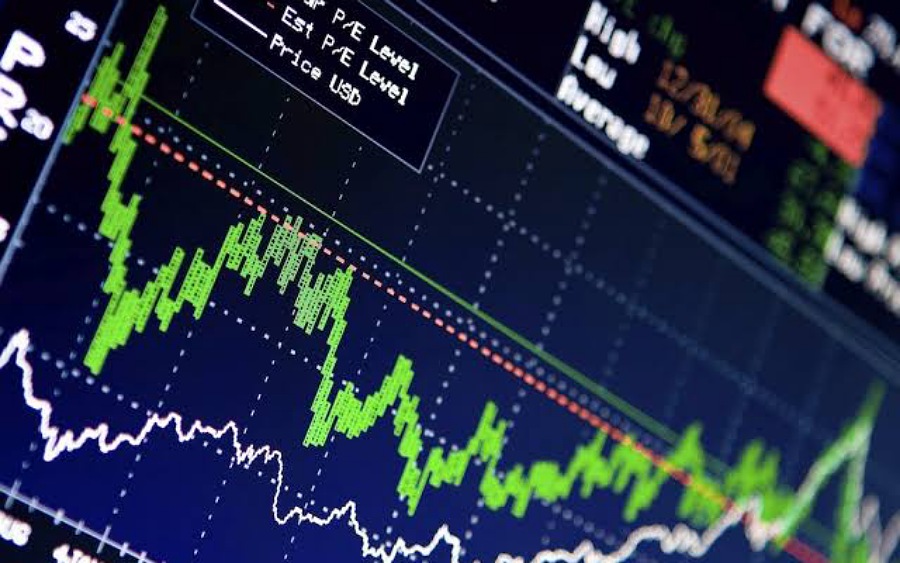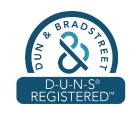In Q1 2025, Nigeria’s economy printed a year-on-year expansion of 3.13%, edging ahead of the 2.27% outturn for the same quarter a year earlier, yet still disappointing against the 4.9% consensus.
This shortfall, while testimony to persistent headwinds, nevertheless creates an analytical lens for the country’s capital markets.
This article sets out to chart the present conditions of Nigeria’s financial ecosystem by highlighting dominant market indicators, assessing contagion from recent global macro tremors, and flagging channels of latent return for both domestic and international players. Its end objective is to delineate the matrix through which offshore and resident capital assess the country’s investment calculus.
Key Trends in Local Financial Markets
Capital imported into Nigeria for January to March 2025 reached $5.64 billion, a year-on-year acceleration of 67% relative to the opening quarter of the previous year. Portfolios led the pack: over 90% of the quarter’s total capital movement comprised capital purchases of equity and debt. Conversely, foreign direct investment has lingered, accounting for only 2% of all recorded inflows.
The data articulate investor preference for rapid-liquidity forays over the longer locks of physical project financing.
The Nigerian Stock Exchange (NGX) is showing solid durability despite the current environment. In the first week of August 2025, the All-Share Index rallied 5.07% to 141,263 points, lifting total market capitalization to N89.4 trillion.
Volume data supports the bullish sentiment: total turnover climbed 33% to N149.8 billion, led chiefly by advances in industrial and high-growth equities. Such metrics signal sustained investor conviction in Nigerian equities even as macro hurdles linger.
Serving as an important navigational aid, platforms like easyMarkets have equipped both retail and institutional participants with the necessary tools. By spanning equities, commodities and currencies, plus uniquely offering features like guaranteed stop losses and protections against negative balances, they have lowered the friction of trading in turbulent markets, allowing users to trade with improved clarity and greater risk control.
Overview of Nigeria’s Current Economic Situation
Services remain the structural locomotive, expanding 4.33% and accounting for over 57% of nominal GDP. This relative strength echoes sustained digital acceleration in telecommunications, resilient risk deployment in financial intermediation, and booming cross-border activity in wholesale and retail trade.
Manufacturing is registering tentative runway in sub-segments linked to agro-processing and consumer staples, while the agricultural base persists as a macro buffer, albeit with marginal GDP leverage when viewed against the broader output profile.
President Bola Tinubu envisions 7% average GDP growth for each year remaining before 2027, a precursor to the ambition to quadruple the nation’s economic size by the close of the decade. Realizing these forecasts will depend on resolving long-standing constraints: insufficient national savings, a restrictive public-use investment envelope, and a widening infrastructure deficit.
At present, the share of public investment accommodates only 5% of GDP—too lean to propel the growth gradients the authorities seek. The Central Bank of Nigeria is pursuing the dual objectives of achieving exchange-rate equilibrium and keeping inflation rates within tolerable bounds; observations for July 2025 placed inflation at 12.1%, a marginal easing from the 12.5% mark noted the previous month.
The data impart a tempered yet encouraging vista. Though the economy’s basic architecture is still under strain, policy credits and calibrated regulatory incentives possess the capacity to stitch together a firmer platform for additional capital and onward economic expansion.
Impact of Global Events on Nigerian Investments
Broader external factors continue to imprint themselves on Nigerian investment results. The tightening trajectory by the U.S. Federal Reserve, designed to tame lingering inflation, has stirred capital reflux scores in emerging counterparts, with Nigeria included.
Concurrently, the market remains sensitive to variations in global crude prices: oscillations, themselves fuelled by shifting supply-demand balances and geopolitical considerations, have recurrently adjusted Nigeria’s export revenue, preserving the commodity’s status as the country’s primary external-earnings driver.
Global drivers such as swing commodity prices, shifts in currency markets, and prevailing overseas investment sentiment continue to exert leverage on both Nigerian equities and fixed-income assets.
Repeated international turbulence typically triggers heightened caution from domestic participants, restraining turnover and tempering inward capital flows. This situation serves as a reminder of how closely Nigerian markets continue to mirror larger cross-border economic currents.
Opportunities for Traders and Investors
Even in a challenging economic scene, profit-focused participants can find constructive prospects. Nigerian equities, led by well-cycled industries and selected growth stories, are generating above-average value signals.
Credit on well-anchored national balance sheets with sustained earnings bias may reward selective buying and diversification.
Concurrently, the Central Bank of Nigeria’s commitment to a managed naira path and steady reserves rebuilding is lending structural support across both equity and fixed-income markets.
Tactical traders may profit from expiration and reaction swings, while patient capital can aim to compound returns alongside a creditor balance that is expected to meet eventual domestic imperatives.
Moreover, the rapid growth of online brokerage facilities is broadening access. Individual traders can now participate in currencies, commodities, and the nascent crypto segment, all with diminished cost and enhanced diligence. Risk features such as negative balance protection and guaranteed stops are empowering investors in an environment that can shift in unexpected ways, thus permitting a more disciplined approach to leverage.




















